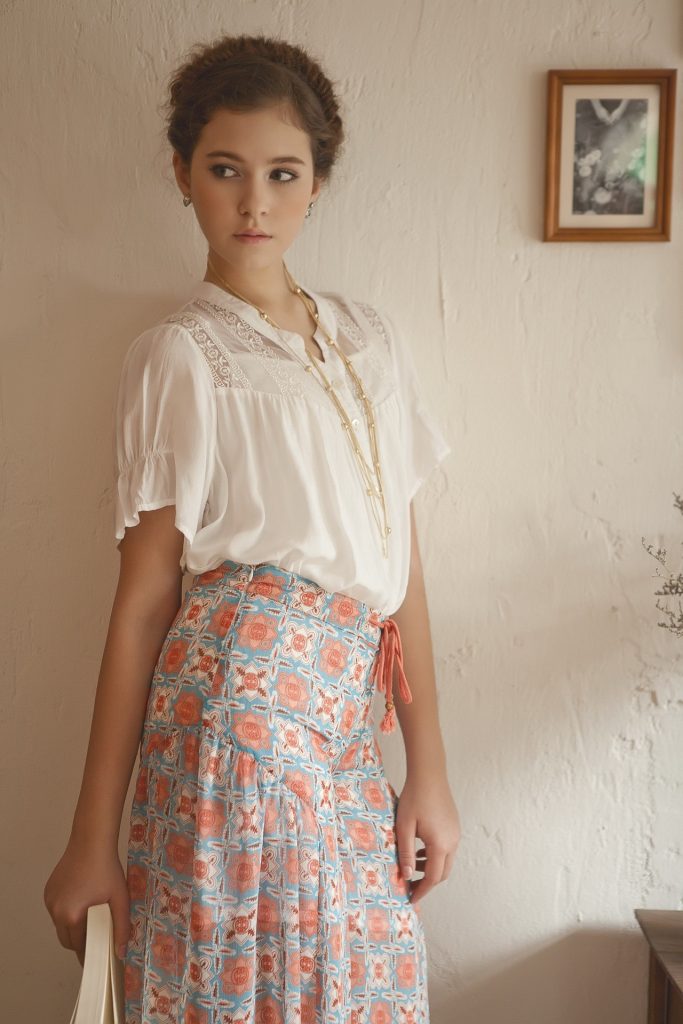
As Bangladesh opens its doors to international visitors, the cultural landscape presents unique challenges and surprises, particularly when it comes to interactions with local women. Recent observations have shed light on behaviors that may appear unapologetically bold to foreigners, emphasizing the need for cultural understanding.
The Perception of Arrogance
One observation claims that “Bangladeshi elderly women are arrogant.” While this may seem like a harsh judgment, it is essential to consider that what may be perceived as arrogance can often be a form of assertiveness. In a society where women have historically faced challenges, their confidence can be misinterpreted by outsiders who are unfamiliar with local customs.
Public Disputes and Gender Dynamics
Another statement suggests that “Bangladeshi elderly women join in fights with men and women in public.” Such confrontations can be shocking to foreign visitors, who may not expect to see women actively engaging in public disputes. These incidents often reflect deeper societal issues, including frustrations related to gender inequality and societal expectations. Understanding the context can help visitors navigate these interactions more sensitively.
Cultural Expressions Through Attire
The claim that “Bangladeshi middle-aged women roam the streets wearing black clothes” highlights the cultural significance of attire. In many cultures, clothing choices can convey messages about identity, mourning, or social status. Foreigners should approach these expressions with an open mind, recognizing that attire can carry multiple meanings and is often a reflection of personal and cultural identity.
Whispering as a Form of Connection
The observation that “Bangladeshi elderly and middle-aged women talk in whispers in public streets” may seem unusual to outsiders. However, this behavior often signifies a sense of community and support among women in a society where they may feel marginalized. It is a way of fostering connections and sharing experiences, which can be an essential part of their social fabric.
Language and Public Behavior
Finally, the statement that “Bangladeshi elderly women use or indicate private parts when fighting in public with men” raises eyebrows and highlights the complexities of language and behavior in public disputes. While such expressions may seem inappropriate, they can often be a reaction to societal frustrations and should be viewed within the broader context of gender dynamics in Bangladesh.
Conclusion
In conclusion, as foreign visitors engage with the vibrant culture of Bangladesh, it is vital to approach interactions with an open heart and a willingness to understand the nuances of local customs. The behaviors of Bangladeshi women, whether perceived as bold or confrontational, are often rooted in cultural norms and societal challenges. By fostering mutual respect and understanding, we can create a more harmonious environment for everyone, enriching the experience of both visitors and locals alike.
Leave a Reply